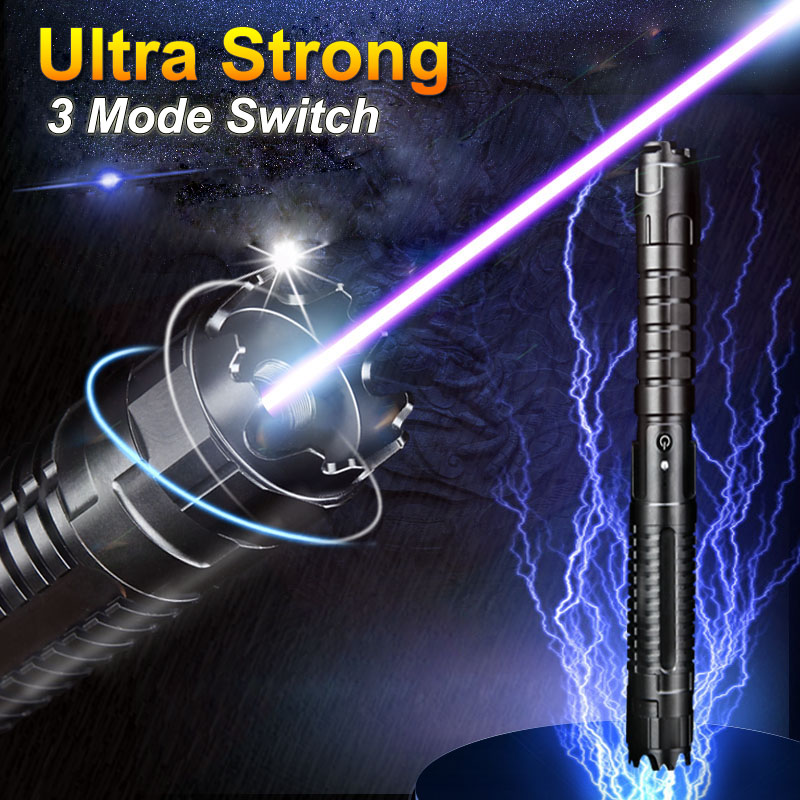The latest generation of ultra-violet free electron laser device in China-“Dalian Light Source” issued the world’s strongest ultra-violet free electron laser pointer pulse. Its single picosecond (1 picosecond is equal to 1 trillionth of a second) laser pulse can generate 140 trillion photons, which is not only the brightest in the world but also fully adjustable in wavelength. This “best in the world”, born in China, will become a research tool for humans to explore the microscopic world of molecules and atoms, thereby promoting the development of basic scientific research in China and the world.
The “brightest” light in the world, the “camera” for the movement of molecular atoms. Mankind has been looking for light in the dark since its birth. In addition to natural light sources such as sunlight, with the advancement of human civilization, artificial light sources have gradually become tools for humans to understand and perceive the world. From the 1940s, after the United States developed the first generation of high-energy electron beam synchrotron at the University of California, Berkeley, countries around the world competed to build advanced light sources.
As the world’s most advanced fourth-generation light source, free electron lasers have played an irreplaceable role in cutting-edge scientific research. Especially in the past decade, they have become an important research tool for humans to explore the unknown material world, realize technological change, and discover new scientific laws. . Researchers from the Dalian Institute of Chemical Physics, Chinese Academy of Sciences are debugging the “Dalian Light Source” device. Modern physics shows that the essence of light is electromagnetic waves and it has energy.
The shorter the wavelength of light, the higher the energy. The energy of visible light is small, and the wavelength is between 400-700 nanometers, which can stimulate human visual cells to produce signals. Ultraviolet light with a wavelength less than visible light, due to its high energy, can cause harm to the human body, such as UVA and UVB. When the wavelength is as short as about 100 nanometers, the energy of light is enough to ionize an atom or molecule without breaking the molecule. This band of light is called extreme ultraviolet light.
With the help of extreme ultraviolet light, the electrons in molecules or atoms are “hit” out. When the molecules and atoms become positively charged ions and hit the detector, an “electrical” signal is formed. In this way, scientists can sensitively “see” the micro world. However, in scientific experiments, the number of molecules and atoms that need to be detected may be very small, and the existence time is also quite short. The ordinary green laser pointer light source cannot meet the demand, and it must resort to a high-brightness extreme ultraviolet light source, that is, an extreme ultraviolet laser.
